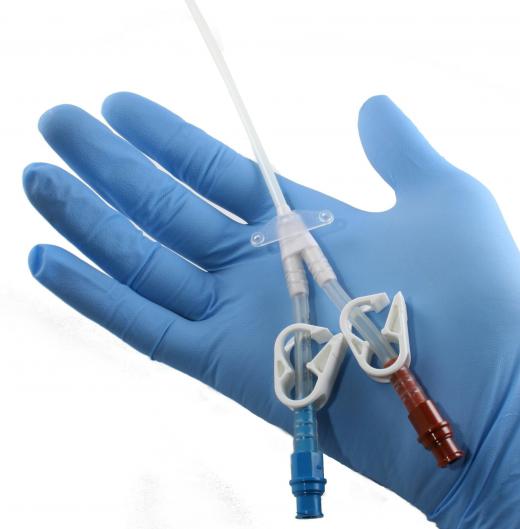Extruded silicone products are manufactured by forcing softened silicone rubber through a shaped die to form a continuous length of material with a constant cross section. One of the most widely used silicone product families, these profiled extrusions are used as gaskets, seals, cable sheathing, and tubing in a large range of domestic and industrial applications. In addition to a large selection of standard profiles, silicone extrusions can be produced in an almost limitless range of shapes and sizes with die production being the only real limitation. Standard silicone extrusion profiles include tubing, solid cords, square and rectangular strips, and U channels. There are also a large number of different silicone compositions used to produce these extrusions including high heat, chemical and lubricant resistant, and medical grades.
Combining the versatility of silicone rubber with an almost limitless range of possible cross sections and sizes, silicone extrusions are among the most widely used of all silicone products. Produced by forcing molten silicone rubber compounds through a shaped die, silicone extrusions are fairly simple to produce with die manufacture representing the only really costly and labor intensive part of the process. The range of silicone extrusion consumer industries is almost as impressive as the product ranges and includes the automotive, hydraulic machinery, domestic appliance, electronics, pneumatic equipment, and home repair sectors. Common uses for the products in these industries include door and window seals, O-rings, gaskets, cable sheathing, surface coverings, and hoses.

Silicone extrusions may be grouped according to profile and the materials used to produce them. Extrusion profiles may be further divided into standard and custom groups. Standard profiles include square and rectangular sections, hollow tube and box sections, round cords, sheets, tubes, and a range of complex profiles including P, D, U, and E strips. These are all available in a range of sizes and materials, thereby allowing appliance and machinery manufacturers to design products which incorporate seals and gaskets from theses standard product lines. When a product design requires specific, unusual silicone extrusions, custom profiles may be manufactured. Although initially expensive, this process is usually simple and only requires a detailed drawing of the profile for extrusion companies to produce a set of dies.
The silicone compositions found in the manufacture of extruded profiles are formulated to suit specific operating conditions and include high heat and chemical resistant and translucent, platinum cured medical grades. Non-toxic extruded silicone sponge is commonly used in the production of oven door gaskets and seals for the food production industry. Specialized military specification, sanitary, and conductive grades are also available.
